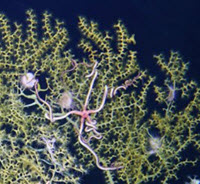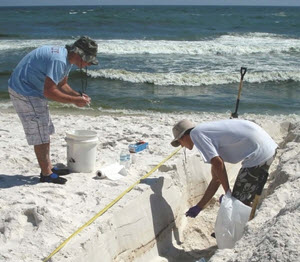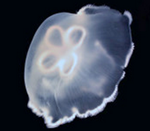Category Archives: Smithsonian Ocean Portal

The Smithsonian’s Ocean Portal published an article that describes some of the discoveries that scientists have made about microbes in the Gulf of Mexico. Following Deepwater Horizon, researchers were armed with new genomic tools that enabled them to study marine microbes at sea, in their environment. Funded by the Gulf of Mexico Research Initiative (GoMRI), Read More
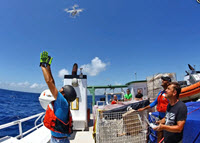
Many factors affect how the ocean moves, and it is especially difficult to know exactly how it will behave in a specific area, as was evident with challenges in predicting oil transport during Deepwater Horizon. The Smithsonian’s Ocean Portal published an article that describes tools scientists use to track currents on and just beneath the Read More
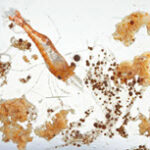
The Smithsonian’s Ocean Portal published an article that describes how scientists are using the In Situ Ichthyoplankton Imaging System (ISIIS) to photograph zooplankton organisms and gather information about salinity, temperature, dissolved oxygen, and light levels. The detailed imagery that the ISIIS collects is helping researchers understand how incidents such as Deepwater Horizon may affect the Read More

The Smithsonian’s Ocean Portal published an article that describes how oysters (that filter up to 50 gallons of water a day) fare under hazardous environmental conditions. One such hazard was the 2010 Deepwater Horizon incident that was followed by several riverine freshwater releases in an attempt to keep oil away from vulnerable Louisiana shores, which Read More
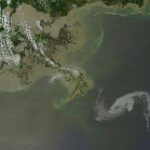
The Smithsonian’s Ocean Portal recently redesigned their website, and it now includes a page dedicated to the Deepwater Horizon incident. The page includes some information about how the spill and response unfolded, links to Smithsonian articles covering research from the Gulf of Mexico Research Initiative, and perspectives from two scientists about other spills. Check out Read More

The Smithsonian’s Ocean Portal published an article that gives readers a fascinating look at how scientists monitor the heartbeat, blood flow, and blood pressure of mahi-mahi before and after oil exposure. Mahi-mahi, an important commercial fisheries species, rely on strong hearts to swim fast for long periods, and recent studies suggest that oil can weaken Read More
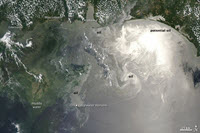
The Smithsonian’s Ocean Portal published an interactive tool featuring maps and graphics showing where Deepwater Horizon oil traveled. The story map also includes locations for where responders applied chemical dispersants on the Gulf’s surface and other sources where oil enters the Gulf, such as offshore oil and gas platforms and natural seeps. Try out the Read More
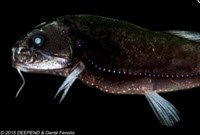
The Smithsonian’s Ocean Portal published an article about the diverse deep sea species found in the Gulf of Mexico following the Deepwater Horizon incident. The DEEPEND research consortium identified nearly 800 different species in Gulf waters, including 180 species not previously observed in the Gulf of Mexico region. Read the article The Gulf of Mexico: Read More
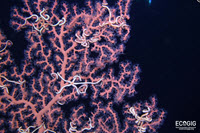
The Smithsonian’s Ocean Portal published an article about deep sea coral affected by the Deepwater Horizon incident and how their recovery is linked to the sea creature that lives on them. The ECOGIG research consortium are monitoring the health of these corals over time using high-resolution imagery, and they have made some amazing discoveries. Read Read More

The Smithsonian recently published an article about how researchers are using sound or echolocation to learn more about the elusive beaked whale. Some of these whales live and forage in the vicinity where the Deepwater Horizon incident happened, and researchers are monitoring their numbers and location to learn how the oil spill may have affected Read More

Scientists are finding fascinating discoveries in the largely unknown deep waters of the Gulf of Mexico. Some fishes, invertebrates, and bacteria have evolved a special adaptation to living in dark conditions using bioluminescence. What’s new is the discovery of specific bacteria species that live symbiotically on anglerfish and emit light. The Smithsonian recently published an Read More
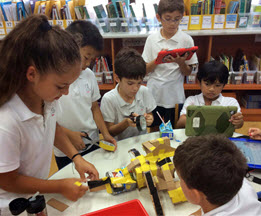
Communicating oil spill research is essential to improve society’s understanding about spills and their ability to respond to and mitigate them. The Gulf of Mexico Research Initiative (GoMRI) has been funding spill-related research since 2010. Here are ten outstanding education products and resources that GoMRI and its science community have developed to share what they Read More

The Smithsonian Ocean Portal posted a blog that describes the needs and challenges of sharing scientific data, especially unique data collected after a disaster such as the Deepwater Horizon oil spill. Featured are insights from Marcia McNutt, Editor-in-Chief of Science Magazine, and Chuck Wilson, Chief Scientist for the Gulf of Mexico Research Initiative. The blog Read More

